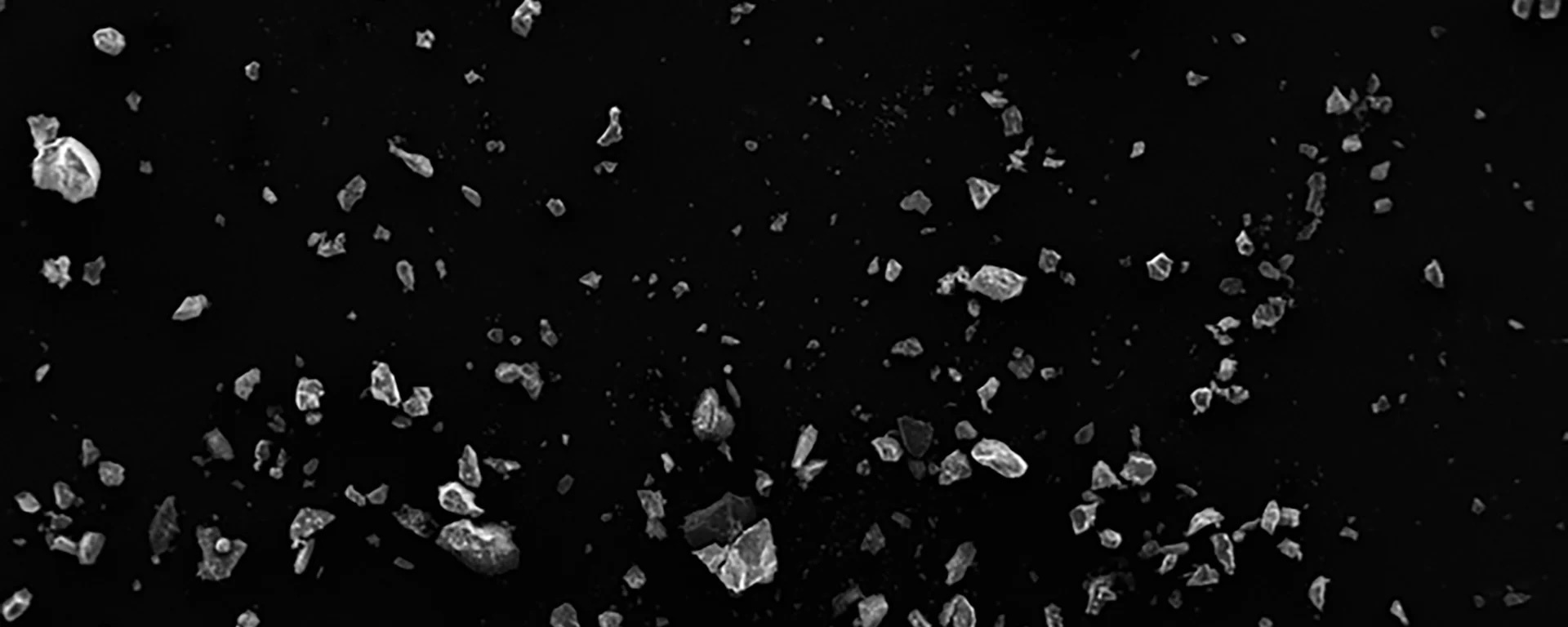19.06.2025

As NASA prepares to send astronauts back to the moon for the first time in over 50 years, new research from the UTS has found that lunar dust is less harmful to human lung cells than previously feared, and significantly less toxic than common Earth-based air pollution.
The UTS-led study, published in the journal Life Sciences in Space Research, provides reassuring data for the upcoming Artemis missions, which aim to establish a long-term human presence and a base on the moon.
Lead researcher and UTS PhD candidate Michaela B. Smith investigated the impact of the most accurate, new-generation lunar dust simulants on human lung cells in the lab. She compared the effects to those of airborne particulate matter collected from a busy street in Sydney.
Smith said the health of astronauts was a concern after the Apollo missions, where crew members experienced respiratory issues.
The study found that while the sharp, abrasive lunar dust can act as a physical irritant, it did not cause the severe cellular damage or inflammation seen from the urban Earth dust. “It's important to distinguish between a physical irritant and a highly toxic substance,” Smith said.
Our findings suggest that while lunar dust may cause some immediate irritation to the airways, it does not appear to pose a risk for chronic, long-term diseases like silicosis, which is caused by materials like silica dust.
In Apollo, the primary route of exposure occurred after extravehicular activity. “When astronauts re-entered their landing module, fine dust that had clung to their spacesuits became airborne in the confined cabin and was subsequently inhaled, leading to respiratory issues, sneezing, and eye irritation,” said Smith.
“Any dust, if you inhale it, you'll sneeze, cough, and have some physical irritation. But it's not highly toxic like silica, where you end up with silicosis from being on a construction site for 10 years. It’s not going to be something like that,” said Smith.
The research focused on fine dust particles (≤2.5 micrometres), which are small enough to bypass the body's natural defences and penetrate deep into the lower airways of the lungs. The study used two different types of lung cells, representing the upper (bronchial) and lower (alveolar) regions of the lung.
Results showed that Earth dust induced a greater inflammatory response and was more toxic to the cells than the lunar dust simulants. The paper suggests the primary mechanism of toxicity from lunar dust is mechanical damage caused by the particles' irregular shape and rough edges as they are internalised by cells. Crucially, the lunar simulants did not trigger significant oxidative stress—a key chemical damage pathway often associated with fine particle toxicity.
“This likely means that if exposure occurs at levels typically found in air pollution on Earth, health effects would be minimal,” the authors conclude in the paper.

While the findings reduce a critical risk factor, NASA is still taking the threat of dust exposure seriously. Smith, who recently visited the NASA Johnson Space Center in Houston, saw new engineering solutions firsthand.
“What they've done now is designed it so that the suits are actually attached to the outside of the rover,” she said. “The astronaut will climb in and out from inside, and the suit never goes inside, which prevents the dusty suit from ever contaminating the internal cabin environment.”
“While this research helps to reduce concerns about one critical risk factor, it’s important to note that NASA continues to treat dust exposure seriously and is developing robust mitigation strategies,” said Smith.
The research has paved the way for Smith’s current PhD work, which investigates the next frontier of space health: the effect of microgravity on lung function.
In the lab, she uses a specialised rotating device to simulate the weightlessness experienced on the International Space Station, studying how it impacts the cellular structure and function of the lungs over time.
Smith’s PhD supervisor and study co-author Distinguished Professor Brian Oliver, from UTS and the Woolcock Institute of Medical Research, said this foundational work on lunar dust provides greater confidence for humanity’s next giant leap.
“The results contribute to the safety case for returning humans to the moon.”
“This research places our research group at UTS at the forefront of the space life sciences field, establishing us as key contributors to this vital area of research, particularly within Australia,” Oliver said.
Quelle: University of Technology Sydney
